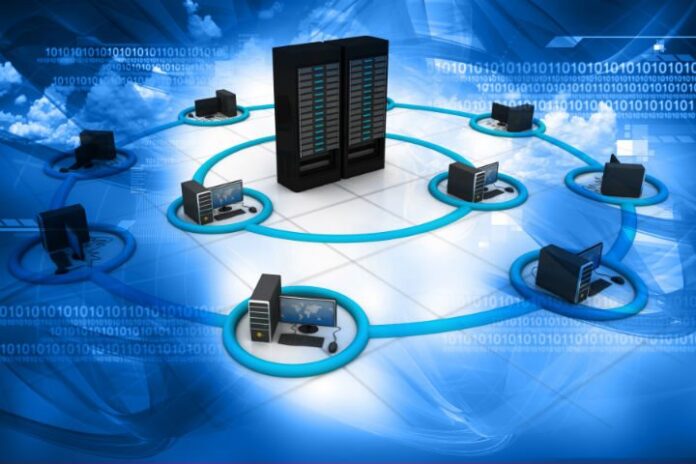Smith Micro breaks down challenges and offers potential solutions to industrial Internet of Things deployments
Over the last few years, no other emerging technology trend has captured our imagination and spurred innovation quite like the “Internet of Things.” From health monitoring wearable technology to connected smart homes, most of the attention has been focused on the next “must-have” gadget for consumers. However, quietly in the background we have uncovered meaningful strides being made in industrial sectors where existing businesses have been able to transform service models and operations, reducing costs through connectivity and automation. Also known as industrial IoT, these businesses are in verticals such as transportation, logistics, utilities and medical.
While initial market launches required minimal device management capabilities (or concerns), new challenges related to device management are now emerging as these businesses try to scale their connected systems in terms of complexity, total volume of devices and entry into more specialized verticals. The following provides an overview of the challenges these businesses are facing along with guidance on how to overcome these hurdles.
At industrial scale, configuration management of connected devices becomes complex
Because of dependencies between hardware and software versioning as well the architectures that can have multiple operating components, firmware, software and configuration updates can’t just be implemented without considering systemwide impacts. It is important to be able to properly forecast any ripple effects an update may have in order to manage the system efficiently. Of course, when there are hundreds of thousands of devices to manage each with their own dependencies, anticipating every cause-and-effect scenario becomes very challenging.
Pinpointing ‘in-field’ device faults can be like finding a needle in a haystack
Based upon the system/device failure, experienced subject matter experts may be able to locate device issues in the field. However this knowledge was likely gained from repetitive experience in dealing with similar situations where in-depth diagnostics was performed to identify root cause on an individual device basis. At larger scales, this level of specialized support becomes cost prohibitive and the need for autonomous, device-level health monitoring becomes increasingly critical.
Evolving markets require adaptable systems
As companies find new and innovative ways to improve operations through connectivity and automation, requirements for device capabilities and system management are constantly changing. In order to keep up with the innovation cycles and maintain leadership, management systems must be flexible enough to adapt to these changing needs without enforcing specific business logic or limitations that would force specific design decisions or compromises that are not aligned with the overall business objectives. This is especially challenging in the case of IIoT deployments, as these vertical markets are so specialized and unique from one another.
Proprietary communication protocols slow down innovation
Because they were not purpose built to adapt and scale to other applications, many homegrown IIoT systems rely on proprietary communication protocols to function. While these machine-to-machine languages support isolated applications, they slow down innovation and system evolution due to lack of interoperability with other protocols. They also carry built-in training costs, as any new employee will have to learn the proprietary methods used. Lastly, when compared with standardized methods that have been vetted by multiple third parties, these proprietary protocols lack robustness, as they haven’t been subject to extensive scrutiny from objective peers.
IIoT device management costs escalate with scale
Monitoring remote device operation and updating on-device software and firmware at industrial scale can be cost prohibitive, especially when systemwide cellular communication is required. As management is typically a cost component of the business, it is critical to ensure that all means are used to reduce the cost contribution of managing devices. Considerations for reducing costs include narrowly targeting only devices with issues, byte-level differencing for reducing firmware update size and utilization of highly optimized object representations within the management protocol.
In review, the main challenges associated with scaling and evolving connected systems revolve around managing complexity in an efficient manner; maintaining the flexibility to update and evolve connected systems as needs change and new devices are integrated; and controlling costs associated with bandwidth use and device/system maintenance.
Certain device management and system configuration/monitoring strategies can help to mitigate these challenges, such as:
• Employ a standards-based management object model such as the M2M enablers defined by the Open Mobile Alliance.
• Enable autonomous device operation to eliminate unnecessary interrogation of “healthy” devices and allow proactive monitoring of device functionality using device self-enforcement of parameter-based thresholds.
• Employ modular “plug-in” architecture that is segregated from core server-client communication, which enables easy development of new management parameters and device functions without risking overall integrity of the connected device.
• Take advantage of update orchestration strategies where devices can be interrogated to get real-time configuration information such that only compatible updates and configuration profiles are sent to the device and installed in the order needed.
• Utilize fault tolerant, byte-level differencing firmware update methods in which only the changes are sent to the device rather than the entire firmware image. Furthermore, the fault-tolerant nature ensures that devices will successfully update regardless of possible connection and power disruptions.
In conclusion, these device management strategies enable connected systems to be architected and managed in a forward-thinking manner that supports system scalability and evolution.
What to learn more? Sunil Marolia, VP for product management at Smith Micro and in-house device management expert, discusses these techniques in greater detail here.
Editor’s Note: In an attempt to broaden our interaction with our readers we have created this Reader Forum for those with something meaningful to say to the wireless industry. We want to keep this as open as possible, but we maintain some editorial control to keep it free of commercials or attacks. Please send along submissions for this section to our editors at: dmeyer@rcrwireless.com.

